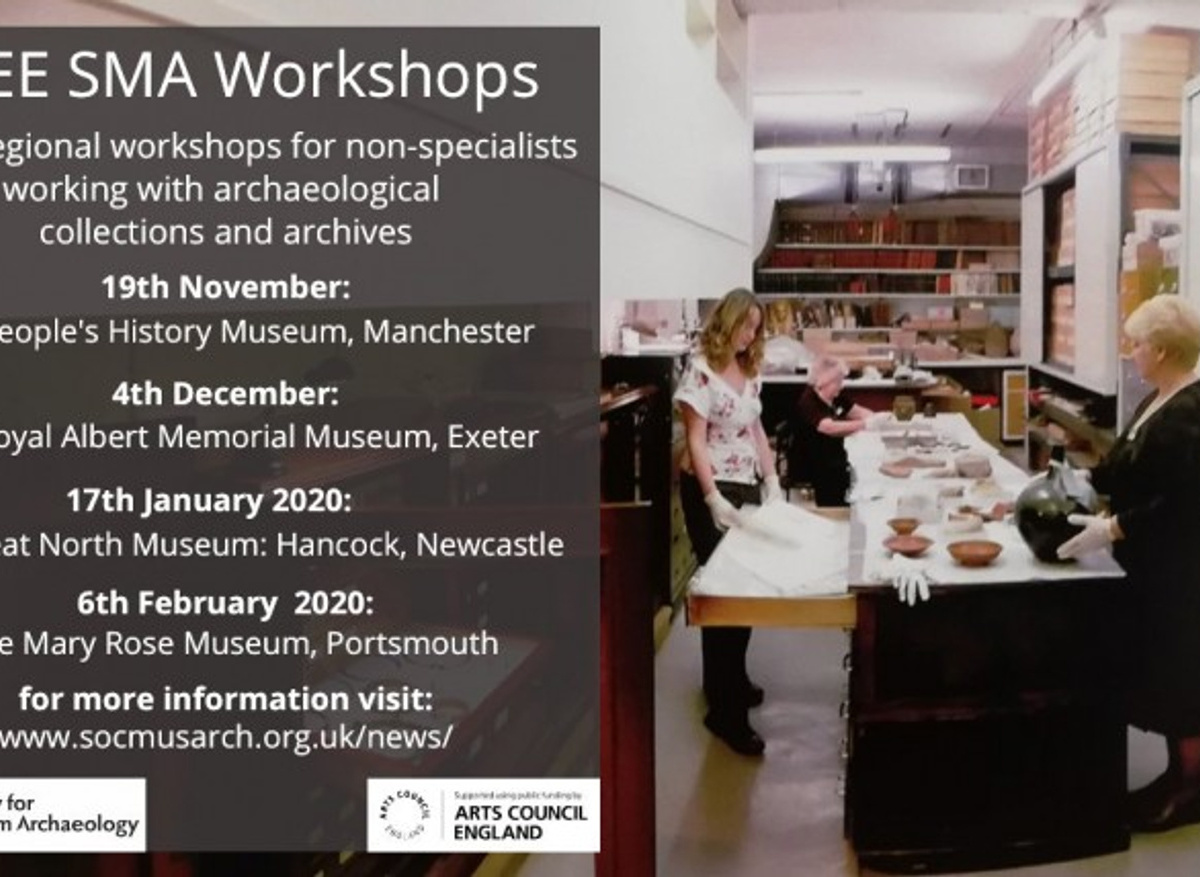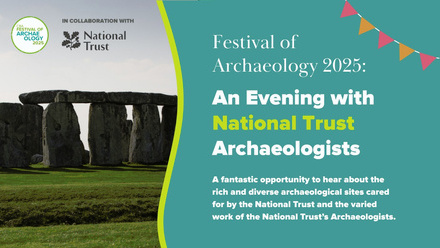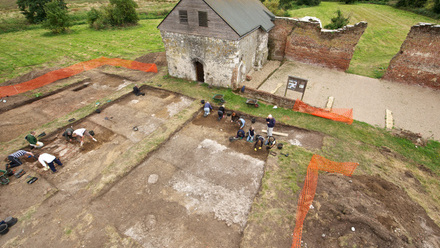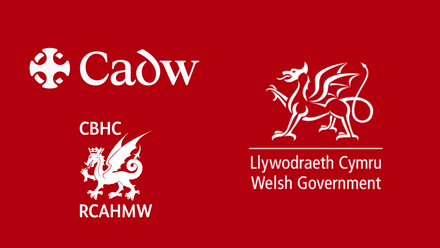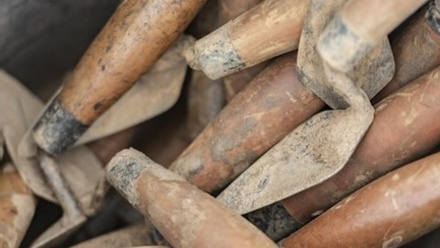I have been fortunate enough to have been able to spend most of my working life at Bristol Museums. This means I have had access to an amazing collection of objects, archives and stories and to be able to share these with a wide variety of people, as well as to have worked with some super inspirational colleagues across the whole sector. One thing I have come to firmly believe in during this time, is that we should never underestimate the value of professional knowledge and skill share, both between those that work in museums, but also those beyond, whether this is within archaeological circles or not.
I also believe that we must continually try to raise the bar in terms of standards and practice as well as advocacy, and one of the main ways I have been able to do this has been to work with and on behalf of the Society for Museum Archaeology (SMA) (http://www.socmusarch.org.uk/). This year has been an exceptional year for SMA. The Society introduced its inaugural Awards for Excellence at its annual conference in Chester at which I was also honoured to have delivered the Keynote Address on the subject of ‘Museum Archaeology: The telling of Human Stories’. More importantly for our profession, however, SMA successfully delivered the ‘SMART’ project which was developed and managed by me and other members of the committee. This was provided as the result of a successful application for funding from Arts Council England.
The Society for Museum Archaeology Resources & Training Project (SMART) was a three-stranded project that included the production of updated guidance, training workshops and a mentoring scheme. The workshops were aimed at museum staff with little or no specific expertise in archaeology, offering training in the curation and management of archaeology collections, while the mentorship scheme provided one-to-one training and advice for museum staff with no archaeological experience.
The thing that I am most proud of, however, is that in spite of Covid-19’s best efforts to scupper publication, our new guidance was finally released at the end of April. It takes the form of separate packages of information combined in an online resource to promote best practice – it’s the first of its kind to be produced for archaeological collections since 1992.
It’s perhaps not an everyday occurrence to have been offered the possibility of creating a programme and resource that has the potential to affect the sector at national, regional and individual levels, but it is one that I am pleased to have been a part of. The overall impact of this training programme will be to help museum staff to acquire and develop the necessary skills to imaginatively unlock the potential of archaeological collections as a source of inspiration for a wide range of audiences…..which is something I have had the privilege of doing, or at least trying to do, in Bristol for over 30 years

